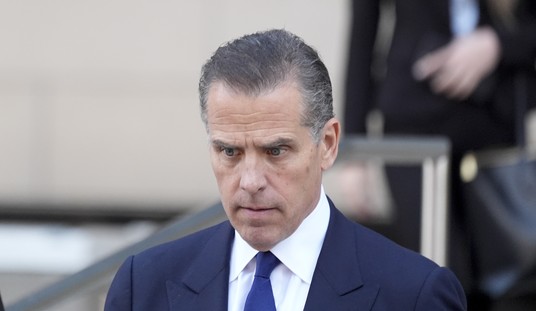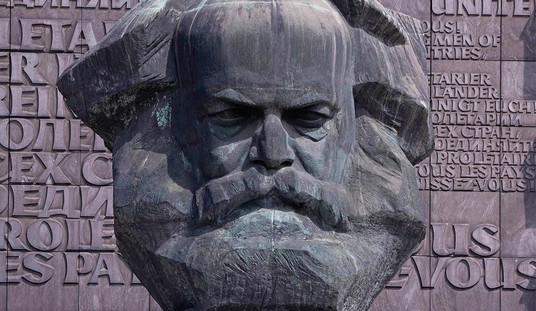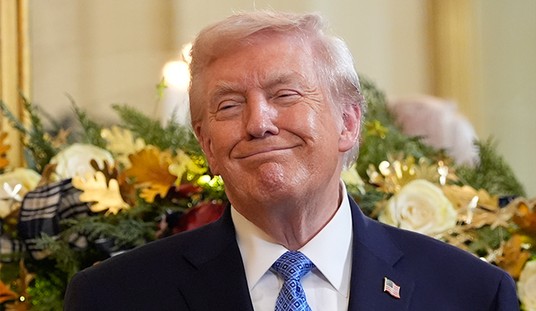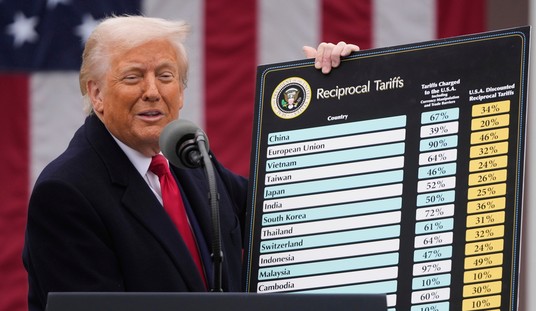You need to go back about a generation to remember it, but New York has been through some lousy times.
Starting sometime in the 1960s, the decay started. Over the course of a little over a decade, New York prosecutors took a lenient attitude toward street crime, drug culture and drug-related crime took off, and "rent control" ushered wide-scale blight into the boroughs while simultaneously making decent housing nearly unaffordable.
By the time Tom Wolfe wrote "Bonfire of the Vanities", New Yorkers had been carrying "decoy" wallets to give to muggers (with enough cash in them so that the robbers wouldn't get angry and kill the victims anyway), leaving car windows open on the street to save the mess and muss and fuss of cleaning the broken glass up when the inevitable thieves came along, and gotten used to saying "Enh, it's all part of living in the greatest city on earth" when asked why they continued to put up with it.
To those who spent any time in NYC between the late '90s and the late 2010s, the city would have been pretty well unrecognizable:
“Times Square was a very different place than it is today. Today, there’s Muppets and Looney Tunes walking around. Back then, it was kind of known as a den of sin where you didn’t want to go after dark. New York in the 80s was nationally thought of as a dangerous place and it was: the numbers were quite staggering and they were much higher than than they are today.
“That was a trend that was true around the United States in big cities. The number of reported major crimes in the US had tripled since the mid 1960s and so there is the sense that the country was going to hell and that New York was going to hell; it had already gotten there. People talked about it as a cesspool. The presence of graffiti all over and in every subway car made people feel like no one was in charge.”
To those of us old enough to remember who didn't live there, it all seemed like no way for humans to live - not merely resigned to being victims, but to expect it as the normal course of things. Even perversely celebrate it.
Oh, yeah - self-defense was not an option. Guns were very strictly banned, unless you had political connections. The common New Yorker couldn't get a license to own a handgun, while the publisher of the New York Times got a carry permit.
Some lives are worth defending, you see.
It was just before Christmas time in 1984 - pretty near the nadir of the city's fortunes - when Bernard Goetz, an electrical engineer and small-time entrepreneur, was about to take the subway home. He'd been mugged a couple of times in the previous few years, so he'd taken to carrying a .38 caliber revolver; not being one with the connections, he didn't have a license.
A group of youths - Barry Allen, Darrell Cabey, Troy Canty, and James Ramseur - approached Goetz as he rode the train, and asked him for money in an "offer you can't refuse" tone of voice. Goetz refused anyway:
The incident began when Canty asked how Goetz was doing. Goetz interpreted the inquiry as a prelude to a mugging. Canty then approached Goetz and asked for money. Goetz produced a .38 calibre handgun and shot the four youths. Goetz later stated that he shot Cabey a second time, after saying, “You seem to be all right, here’s another.” The shot severed Cabey’s spinal cord and resulted in his paralysis. The conductor heard the shots and engaged the emergency brake, bringing the train to a stop. Goetz stepped from the train and disappeared into the subway tunnel after briefly checking on two nearby passengers. Reports indicated that the youths had three screwdrivers in their possession.
But among regular New Yorkers? Goetz become something of a cause celebre.
The jury - which included a couple of mugging victims - acquitted Goetz of all but the least serious of the charges.
Goetz’s lawyer was able to successfully argue a claim of self-defense. New York law allows deadly force in self-defense to thwart an attempted robbery. In the case of Goetz, the four men did not show the screwdrivers to him, although he claimed that one of the men had his hand in his pocket and there appeared to be an unidentified object. The defense centred on Goetz’s belief of impending physical harm if he did not comply with their demands for money. Goetz faced a jury that included several people who had had experience with crime and fear of crime. As a result, he was convicted for criminal possession of a handgun and found not guilty on the other charges; he served less than a year in jail.
Now, historians and New York patricians may argue the causal connection - but I'd argue the Goetz trial was the beginning of the wave of revulsion that led, ten years later, to Rudy Giuliani and his brand of law and order that made New York City one of the safer major cities in the United States.
I bring this up because the parallels are unmistakeable; in addition to defunding the police and hamstringing prosecutions, Zohran Mamdani wants to make it even harder for New Yorkers to defend themselves.
He's not a big fan of whatever self-defense rights New Yorkers have acquired over the past two decades:
“We need to ban all guns,” the assemblyman posted on social media in 2022.
That wasn’t a comment from several years ago which he has attempted to walk back, as politicians often do. This was just three years ago, while the city saw some of the worst crime in the country skyrocket as a result of defund the police budget cuts, criminals looting and breaking into businesses and committing violent acts on innocent New Yorkers and Manhattan District Attorney Alvin Bragg announcing to criminals that they wouldn’t be punished for committing crimes.
Banning guns, however, isn’t the only anti-Second Amendment policy Mamdani has championed. According to Breitbart News, he also supports expanding the registration restrictions on law-abiding New Yorkers purchasing Modern Sporting Rifles (MSRs) and even registering the social media accounts of individuals who want to buy a gun, seemingly to monitor the social media accounts of gun owners.
Assemblyman Mamdani also supports expanding the approved reasons for someone to use New York City’s so-called “red flag” law to accuse someone else of a threat, leading to firearm confiscation. NSSF supports these laws only if there are adequate Due Process protections included – but there aren’t any in this case and the mayoral candidate’s platform aims to trample on those Due Process rights even further.
It can be argued that watching New York's collapse helped drive the rest of the nation to the right, at least on law and order issues, in the '1980s.
Not that I wish anything bad on NYC, but they were warned, after all.








